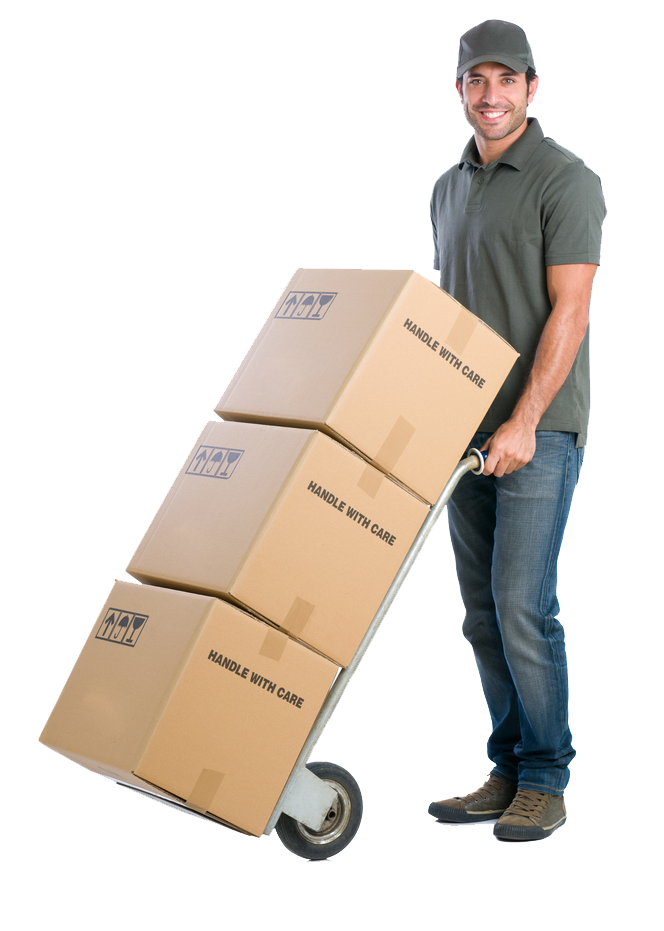Quick Appliance Relocation Techniques
Posted on 06/10/2025
Introduction to Quick Appliance Relocation Techniques
Relocating appliances can be a daunting task, especially for those who are doing it for the first time. However, with some planning and the right techniques, it can be a smooth and quick process. This article will delve into various methods and tips to help you relocate appliances efficiently, ensuring minimal disruption and maximum safety.

Preparing for Appliance Relocation
Before you start moving your appliances, it's crucial to prepare adequately. Here are some essential preparatory steps:
1. **Measure Your Space**: Measure the dimensions of your new location to ensure that your appliances will fit. This can save time and avoid the hassle of having to find alternative places last minute.
2. **Gather Essential Supplies**: Tape, blankets, straps, and dollies are crucial for safely transporting your appliances.
3. **Clean the Appliances**: Ensure your appliances are spotless and free from any food, dust, or debris. This will prevent unpleasant odors and pests while moving.
Techniques for Relocating Different Appliances
Different appliances require different techniques for relocation. Here's a quick guide:
Relocating Refrigerators
- **Defrost**: Unplug your refrigerator 24 hours before the move to defrost it.
- **Remove Shelves and Contents**: Take out all removable parts and pack them separately.
- **Use a Dolly**: Strap the refrigerator securely to a dolly and ensure it remains upright during the move to avoid damaging the compressor.
Relocating Washing Machines
- **Drain Water**: Completely drain the water from the machine to prevent leaks.
- **Secure Drum**: Use shipping bolts to lock the drum in place.
- **Use Appliance Dolly**: Just like the refrigerator, use an appliance dolly to move the washing machine safely.
Relocating Ovens
- **Disconnect Safely**: If it's a gas oven, hire a professional to disconnect and reconnect it to prevent gas leaks.
- **Remove Components**: Secure or remove all internal racks and trays.
- **Secure Doors**: Use tape or other materials to ensure the oven doors stay shut during the move.
Additional Tips for Safe Appliance Relocation
1. **Use Proper Lifting Techniques**: Bend at your knees, not at your waist, to prevent back injuries.
2. **Keep Doors Secured**: Use moving tape or rope to keep appliance doors from swinging open.
3. **Appliance Dolly Usage**: Always have a helping hand and use appliance dollies to minimize the effort and risk.
4. **Protect Floors**: Use sliders or cardboard to protect your floors from scratches and dents.
Pros and Cons of DIY Appliance Relocation
**Pros:**
- **Cost Savings**: Avoid spending money on professional movers.
- **Flexibility and Control**: You can manage your own timeline and handle your appliances with care.
**Cons:**
- **Risk of Damage**: Improper handling may lead to appliance or property damage.
- **Physical Strain**: There's a risk of physical injury if not done correctly.
- **Time-Consuming**: It may take longer if you're not experienced.

Takeaways
- Proper preparation and the right tools are essential.
- Different appliances require unique handling techniques.
- Safety should always be your priority when relocating appliances.
Conclusion
Relocating appliances doesn't have to be a cumbersome task. By following the above techniques and tips, you can ensure that your appliances are moved quickly and safely. Whether you choose to do it yourself or hire professionals, the key is meticulous planning and proper execution. Always weigh the pros and cons to make an informed decision that best suits your situation.





